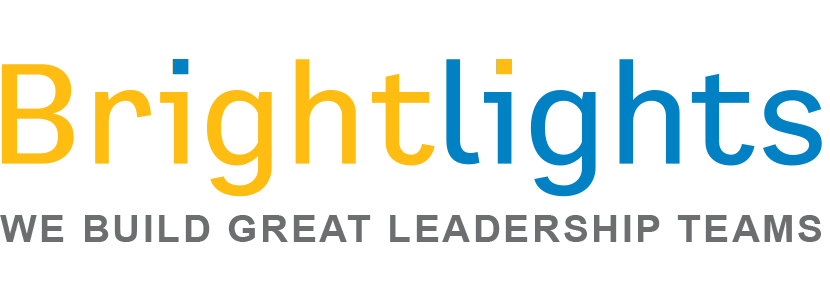I’ve had 11 jobs in my career, not counting summer jobs.
I’ve been: a high school teacher; a computer operator; a sales person for a computer finance company; a branch manager for the same computer finance company; an auctioneer of used computer equipment; a salesperson for disaster recovery services; an entrepreneur running a one-man training company; an account manager for a recruiting firm; an account manager for two other recruiting firms; and running Brightlights for the last 11 years.
Some would say this is a lot and others, who live in the new Gig Economy, would say ‘big deal’.
I mention this because out of those 11 jobs, in only three would I have been humbly considered a ‘star’. I wasn’t a different person in any of them, but for a number of reasons (the people around me or my clients or how my value proposition resonated with me ) there was a completely different outcome in how I performed and how I have been perceived by my bosses or my peers.
For some, I was considered a super high achiever (hi-po) and others just a good employee and a hard working fellow. And this is where the conundrum of trying to uncover the next potential high achiever comes in.
It’s that combination of capability and fit that makes for the magical mix, and here are some of the things we might look for that stick in my mind.
- They have a drive to get things done. The best people push to find opportunities to be challenged. They don’t just wait for assignments. To get a sense of ambition and confidence, ask about any projects for which the candidate volunteered. Look for a pattern of taking on larger challenges and delivering consistent results.
- They demonstrate emotional intelligence. Those with the best team skills get assigned to bigger and more important teams. For each accomplishment, ask the candidate to describe members of the team. Who did they hire and mentor? Who followed them to the next role? Who, and how many, did they have to let go?
- They’ve shown an upward trajectory in their career transitions. Look at the trends in the person’s accomplishments over the past 5-10 years. This will provide a sense of how fast the person’s job scope, level of responsibility and impact are increasing. Find out why they got promoted to bigger roles.
- They’ve been assigned difficult challenges ahead of their peers. The best people are typically assigned tasks, clients and projects which are normally given to more senior people. If this happens regularly, especially during the first year of each new job, then this is a real sign of an achiever.
- They’ve proven that they can learn and apply new knowledge quickly. This includes not simply expanding one’s technical competence. It also means dealing with ambiguity, taking on a broader functional role and being comfortable making decisions without a complete set of information.
- They have great persuasion skills. Find out which colleagues the candidate has influenced in some way. Consider peers, senior managers, executives, and leaders in other functions. The significance and scope of the issues involved are as important as who was persuaded.
- They think big. Ask people how they made their biggest decisions. The best people naturally see all of the strategic, tactical, and technical issues involved.
- They have multi-dimensional business perspective. The best people are sensitive to the needs of other functions. For example, techies who fully appreciate the user experience, marketers who understand engineering, and sales reps who understand the way a huge order impacts logistics are often assigned to cross-functional project teams early in their careers. Success on these projects leads to bigger opportunities in the future.
- They have a sense of organization and process. The best people use a consistent approach for handling complex projects. The process steps include an assessment of the situation, figuring out the best solution, getting approval for a comprehensive plan of action, pulling together the required resources, and successfully executing the plan.
It’s been proven over and over again that high achievers when they leave their organisations often never reach their same level of success. That’s why it’s a combination of Potential + Fit + Purpose = success.

Recent Comments